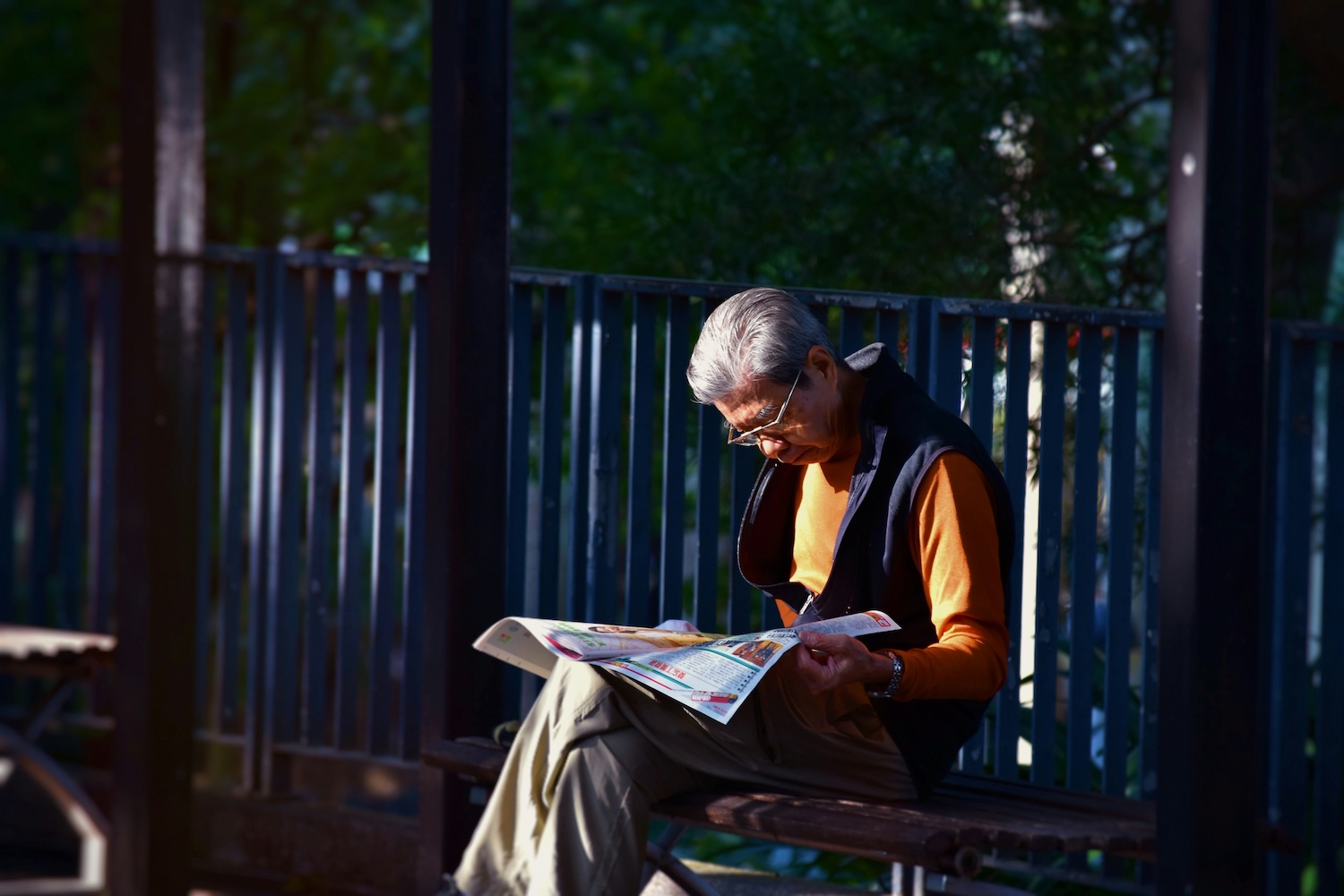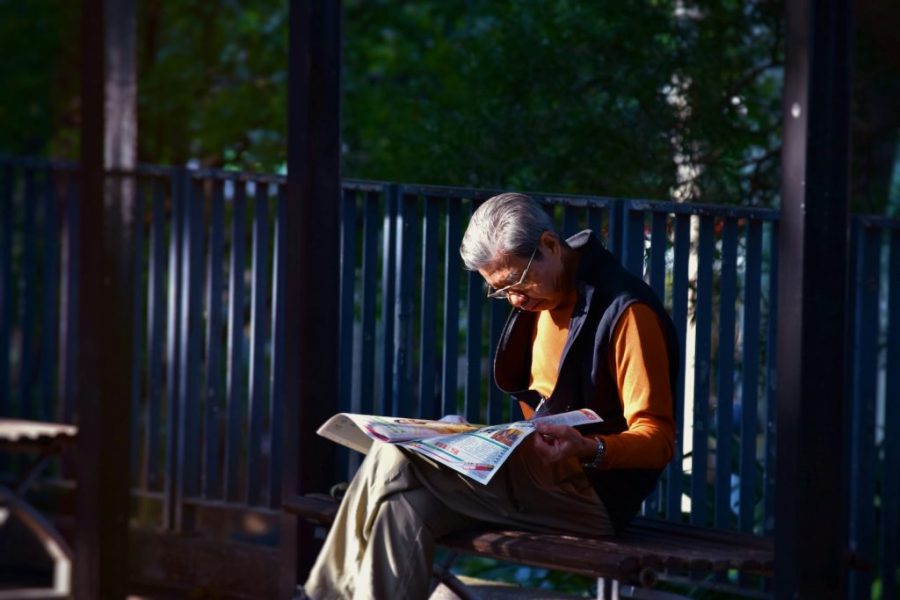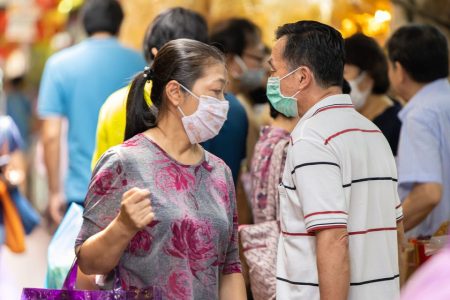Caritas is struggling to meet increasing demand for its elderly care services due to a shortage of manpower, the Catholic welfare organisation’s secretary-general told the Macau Daily Times.
Paul Pun said job postings for local caregivers typically failed to receive a single applicant. At the same time, the number of elderly folk waiting for home care services was growing.
More than 1,000 people – many of them frail or bedridden – were currently on Caritas’ waitlist, he noted. The organisation aims to offer low-cost, 24-hour support to any elderly person at home, or in a care facility, who needs it.
[See more: Macao’s birth rate is super low. This is how experts say we should fix it]
Pun told the Times that a subsidy from the Social Welfare Bureau allowed Caritas to charge just 100 patacas for a night of elderly care. Private nurses could cost up to 4,000 patacas for the same period of time, he added.
Caritas was developing an additional model for elder care to cater to those able to pay up to 600 patacas per day, said Pun. This would help ease the burden on the government subsidised model.
“To ensure the healthy development of our home care service, we need a combination of different models,” he told the paper.
[See more: Macao’s ageing population is a demographic time bomb, researchers warn]
The number of elderly in Macao is increasing rapidly, while the birthrate has plummeted. A year ago, there was an almost equal number of elderly and youth – and roughly one dependent elderly person for every four working adults in the SAR.
University of Macau researchers have described the city’s ageing population as a demographic time-bomb that requires the building of more nursing homes and a significant increase in the number of healthcare workers.






